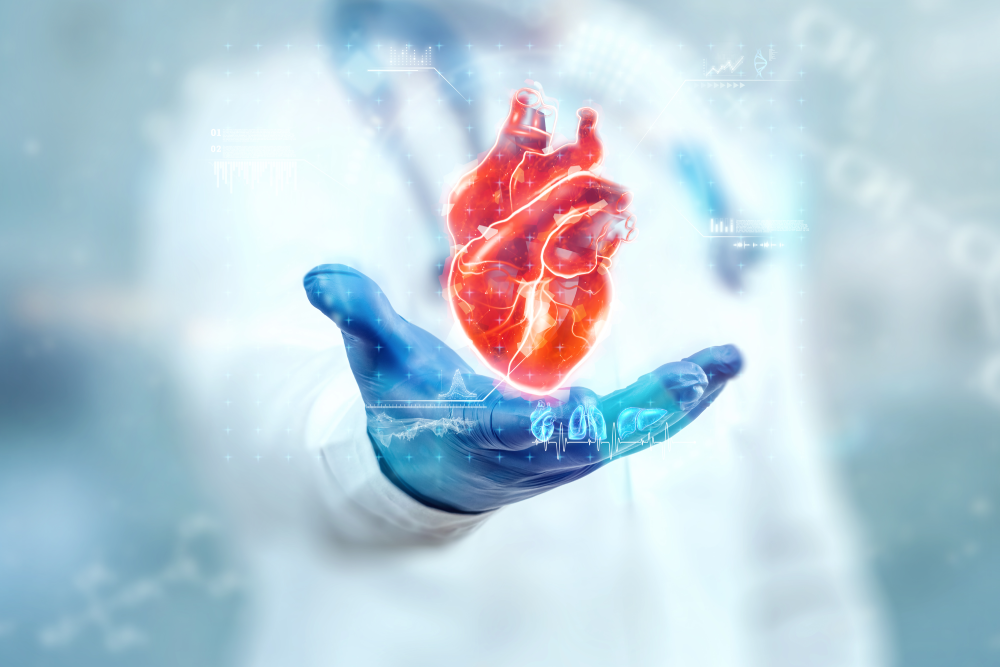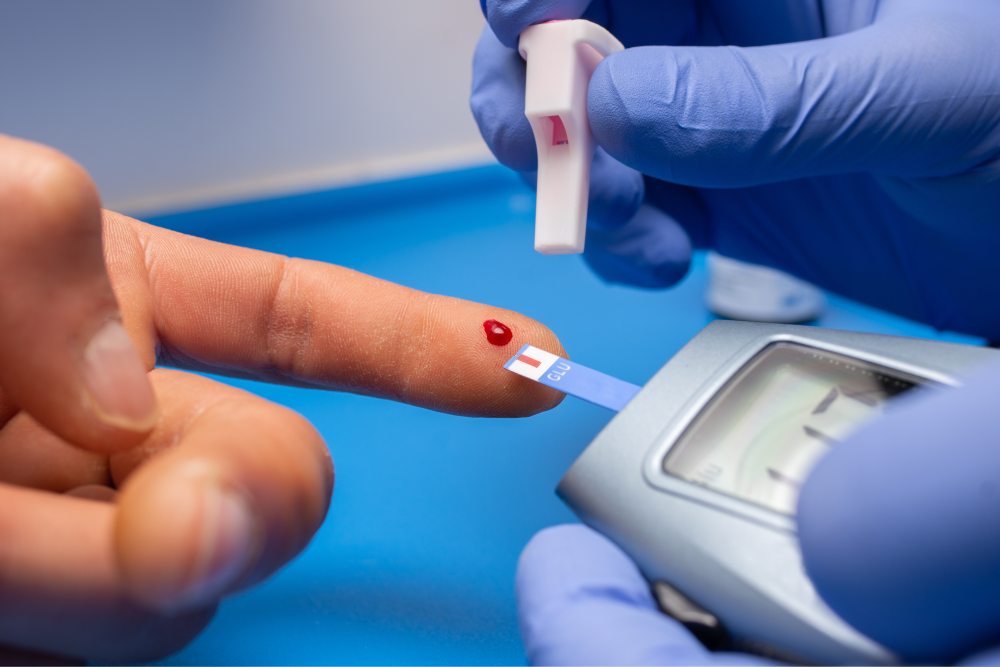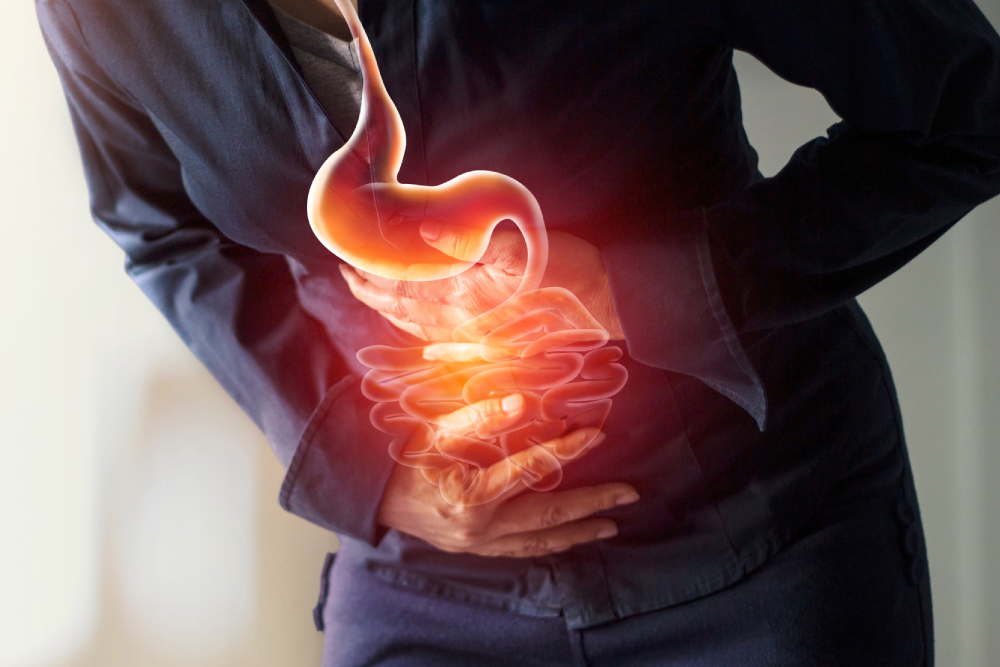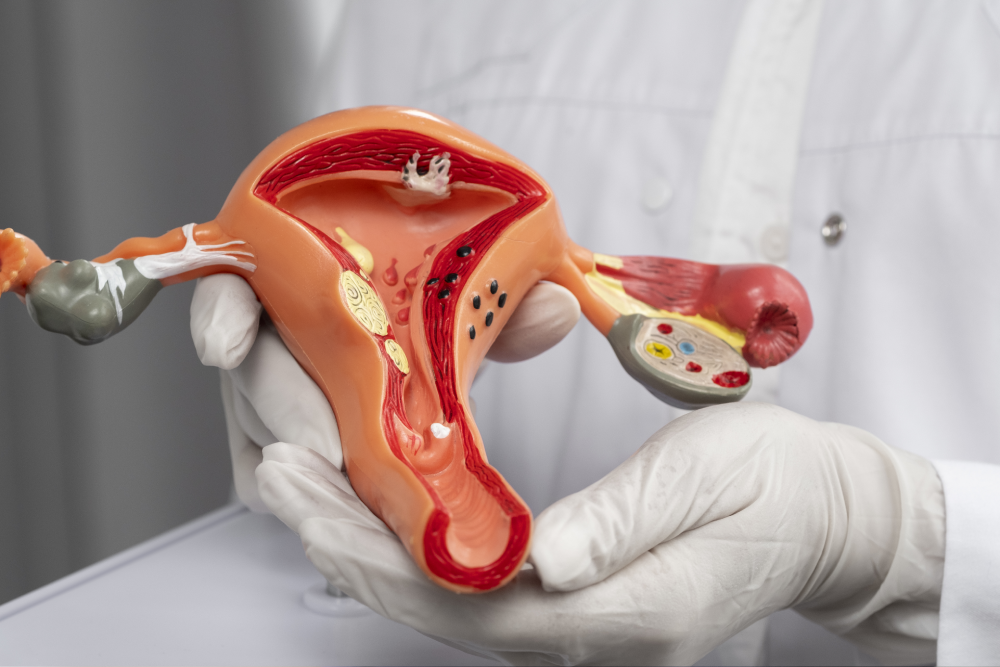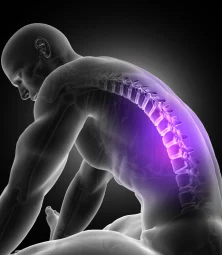

Scoliosis Treatment In Coimbatore
Scoliosis is a lateral curvature of the spine that is most commonly detected in teens. While scoliosis can develop in people suffering from ailments such as cerebral palsy and muscular dystrophy. The majority of infantile scoliosis is caused by unknown factors.
The majority of scoliosis occurrences are moderate, although some curvature increases as children grow. Severe scoliosis can be incapacitating. A particularly severe spine curvature might restrict the amount of room available in the chest, making it harder for the lungs to function correctly.
Children with moderate scoliosis are regularly watched, generally with X-rays, to check if the curvature is worsening. Many times, no therapy is required. Some youngsters will require the use of a brace to prevent the curvature from worsening. Others may require surgery to straighten severely curved limbs.
Symptoms
Scoliosis symptoms and signs may include:
-
Shoulders that are uneven
-
Uneven waistline with one shoulder blade protruding more than the other
-
The one hip is higher than the other
-
One side of the rib cage is protruding forward
-
When leaning forward, there is a prominence on one side of the back.
-
In most cases of scoliosis, the spine rotates or twists in addition to bending side to side.
Causes
While the cause of scoliosis is still not clear, it appears to entail inherited elements because the illness can run in families. Less common causes of scoliosis include:
-
Certain neuromuscular disorders, such as cerebral palsy and muscular dystrophy
-
Birth abnormalities impact the development of the spine's bones
-
As a newborn, if you have had surgery on the chest wall.
-
Spinal cord injuries or infections
-
Anomalies of the spinal cord
Risk elements
The following are risk factors for acquiring the most prevalent kind of scoliosis:
-
Age: Adolescents are usually the first to notice signs and symptoms.
-
Sex: Although both boys and girls acquire mild scoliosis at roughly the same rate, girls are significantly more likely to have the curvature worsen and require treatment.
-
History of the family: Scoliosis can run in families, however, most children with the condition do not have a family history of it.

Complications
While people with scoliosis have a minor version of the illness, it can occasionally produce consequences such as:
-
Breathing difficulties In severe scoliosis, the rib cage may push against the lungs, making breathing difficult.
-
Back issues: People who experienced scoliosis as children are more likely to suffer from persistent back pain as adults, especially if their aberrant curves are significant and untreated.
-
Appearance: As scoliosis progresses, it can create more visible alterations, such as unequal hips and shoulders, protruding ribs, and a shift of the waist and trunk to one side. Individuals suffering from scoliosis are frequently self-conscious about their looks.
Diagnosis at Dr.Muthus Hospitals
The doctor will first conduct a thorough medical history and may inquire about recent growth. During the physical exam, your doctor may ask your kid to stand and then lean forward from the waist, arms freely hanging, to determine if one side of the rib cage is more apparent than the other.
A neurological exam may also be performed by your doctor to check for:
- Muscle deterioration
- Numbness Reflexes that are abnormal
Imaging examinations
Plain X-rays can confirm a scoliosis diagnosis and identify the degree of the spine curvature. Because several X-rays will be taken over the years to assess if the curve is deteriorating, repeated radiation exposure might become a worry.
To lessen this danger, your doctor may recommend a sort of imaging technology that creates a 3D model of the spine using lower amounts of radiation. This method, however, is not available at all medical centres. Another method is ultrasound, which is less exact in detecting the severity of the scoliosis curve.
If your doctor feels that an underlying disease, such as a spinal cord anomaly, is causing scoliosis, MRI may be prescribed.
Treatment
Treatment for scoliosis varies according to the degree of the curvature. Children with extremely minor curves normally do not require any treatment, however, they may require regular examinations to see whether the curve worsens as they develop.
If the spinal curvature is moderate or severe, bracing or surgery may be required. Consider the following factors:
-
Maturity: The chance of curve progression is reduced if a child's bones have finished developing. This also implies that braces are most effective in youngsters whose bones are still developing. Hand X-rays can be used to assess bone maturity.
-
The severity of the curve: Larger curves are more prone to deteriorate over time.
-
Sex: Girls are far more likely than boys to progress.
-
Braces may be recommended if your child's bones are still developing and he or she has mild scoliosis. Wearing a brace will not cure or correct scoliosis, but it will typically keep the curvature from worsening.
-
The most popular brace is composed of plastic and is moulded to fit the body. Because it goes under the arms and around the rib cage, lower back, and hips, this brace is nearly undetectable under clothing. The majority of braces are worn between 13 and 16 hours per day. The efficacy of a brace rises with the number of hours it is worn every day.
-
Children who wear braces are typically able to participate in most activities with few limitations. Children can remove the brace to participate in sports or other strenuous activities if required.
-
When there are no further height fluctuations, braces are removed. On average, females reach the end of their development at the age of 14, while boys reach the end at the age of 16, however, this varies widely by person.
Surgery
Severe scoliosis usually worsens over time, therefore your doctor may recommend scoliosis surgery to help correct the curvature and keep it from worsening.
Among the surgical possibilities are:
Fusion of the spine: During this operation, doctors join two or more vertebrae in the spine so they can’t move independently. Between the vertebrae, bone or bone-like material is inserted. Metal rods, hooks, screws, or wires are commonly used to keep that section of the spine straight and motionless while the old and new bone material fuses together.
Rod that expands: Surgeons can place one or two expandable rods along the spine that can change in length as the kid grows if the scoliosis is growing fast at a young age. Every 3 to 6 months, the rods are extended either surgically.
Tethering of the vertebral body. Small incisions can be used to execute this surgery. Screws are inserted around the outside border of the aberrant spinal curvature, and a strong, flexible cable is strung through them. The spine straightens when the cable is tightened. The spine may straighten even more as the youngster develops. Spinal surgery complications might include bleeding, infection, or nerve injury.
Discover Dr.Muthus Hospitals and their research into innovative therapies, interventions, and diagnostics to prevent, detect, treat, or manage this illness. Our paediatric radiologists employ cutting-edge technology, such as a newer type of X-ray scanner that decreases radiation exposure while creating detailed 3D pictures. Our doctors regularly construct patient-specific 3D models to assist surgeons to visualize the anatomy before making an incision.
Paediatric neuroradiologists and radiation physicists from Dr.Muthus Hospitals work on teams that specialize in paediatric spine imaging, low-dose imaging, and the identification of complicated spine diseases.
FAQs
Scoliosis is not caused or corrected by any specific activities. Lifting and activities are often not restricted for persons with scoliosis. Participating in sports or general exercise may have the advantage of boosting overall health and well-being.
During a typical well-child visit, your child’s doctor may examine him or her for scoliosis. Many schools also offer scoliosis screening programmes. Scoliosis is frequently detected during physical tests before sports engagement. If you are told that your kid may have scoliosis, make an appointment with your doctor to confirm the diagnosis.
Detailed descriptions of your kid’s signs and symptoms, if any exist; information about previous medical difficulties your child has experienced; and information about medical problems that run in your family. You have a list of questions you want to ask the doctor.
Some of the following questions may be posed by your doctor:
- When did you first realise that your child had a problem?
- Is it giving your kid any discomfort?
- Is your youngster having any respiratory problems?
- Has anybody in your family received scoliosis treatment?
Coping with scoliosis may be challenging for a young person at an already stressful time of life. Adolescents who have scoliosis may experience feelings of rage, uncertainty, and dread.
A strong, supportive peer group can significantly influence a child’s or adolescent’s acceptance of scoliosis, bracing, or surgical therapy. Encourage your youngster to approach his or her peers and solicit their assistance.
Consider joining a scoliosis support group for parents and children. Members of a support group may offer guidance, recount real-life experiences, and link you with others facing similar issues.
Paediatric doctors collaborate to offer the best treatment possible for each child with scoliosis. Dr.Muthus Hospitals provides a one-of-a-kind practice environment in which doctors and nurses work together to safely innovate and develop the finest treatment strategies for children with spine disorders.
Orthotic specialists are involved in the fabrication of braces, while physical therapists can assist with recovery if surgery is required. Child life experts educate children and their families on what to anticipate throughout each step of therapy. Scoliosis surgery is performed as necessary by Dr.Muthus Hospitals surgeons who specialize in child and adolescent spine issues.




